Description
Gain a solid understanding of Newtonian dynamics and its application to real-world problems with Pytel/Kiusalaas’ ENGINEERING MECHANICS: DYNAMICS, 4E. The text focuses on both fundamental principles and important problem-solving techniques. The authors clearly introduce critical concepts using learning features that connect real problems and examples with the fundamentals of engineering mechanics. Y
ou learn how to effectively analyze problems before substituting numbers into formulas — a skill that benefits you tremendously as you encounter real life problems that do not always fit into standard formulas. This book’s concise presentation is complemented by a useful Student Study Guide that clarifies concepts and includes guided solutions to a number of additional equilibrium problems.
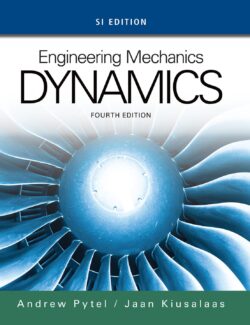
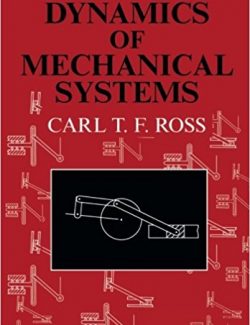
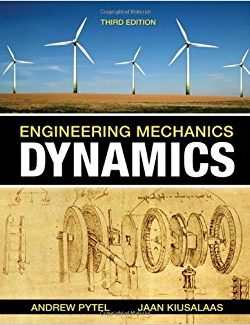
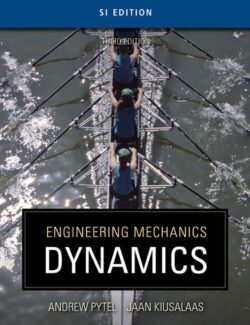
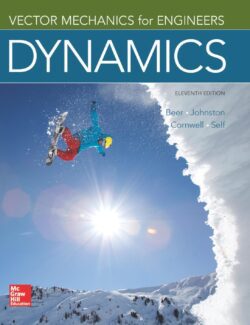
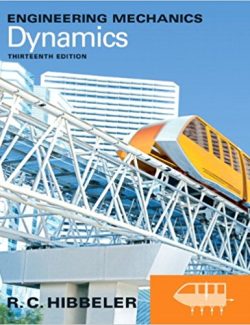
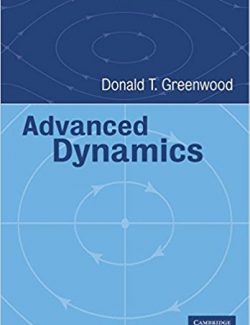
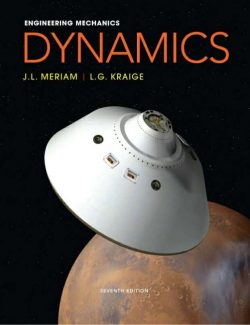
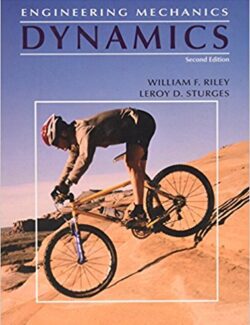

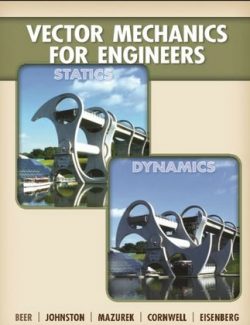
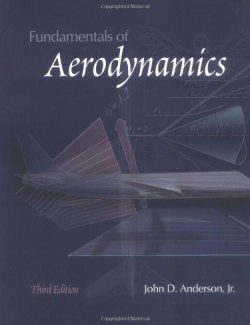
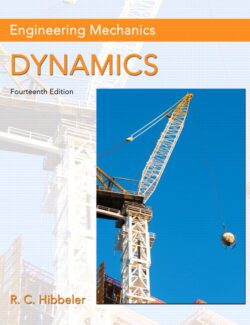
Leave us a comment
No Comments